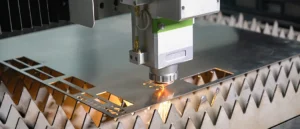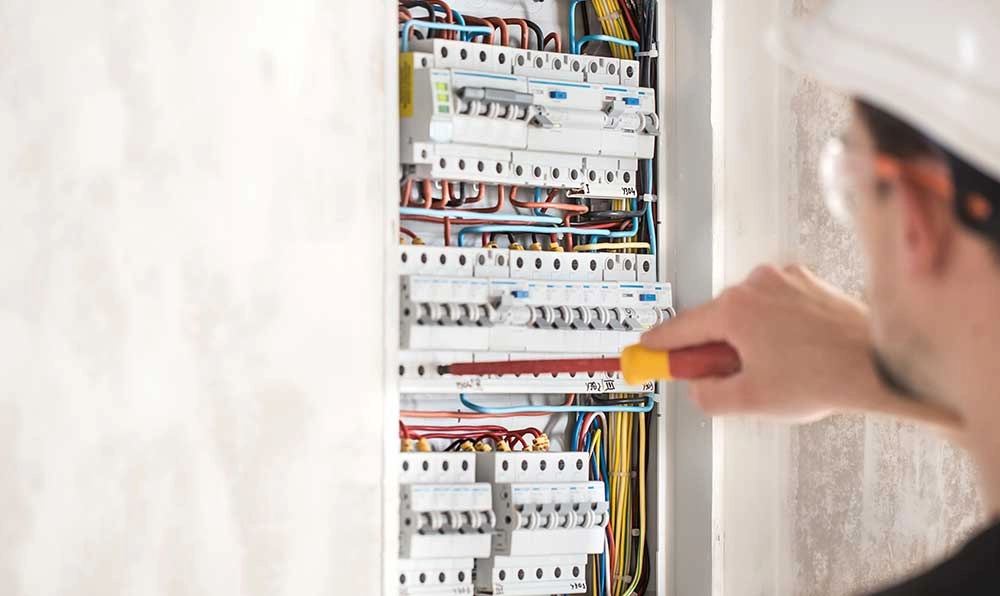In the realm of modern welding machinery, grasping laser source components is crucial. These components, from laser diodes converting energy to optical fibers transmitting beams, are vital for top-notch welds. What factors drive superior laser performance? How do these components unite to transform welding practices?
Key Takeaways
- Precise temperature control and optical resonator design are crucial for reliable laser performance and achieving high-quality welds.
- Laser diodes convert electric energy into coherent light, enhancing overall efficiency and enabling precise control of welding processes.
- Optical fibers and cables transmit high-powered laser beams with minimal signal loss, ensuring ideal beam transmission and accurate welding results.
- Power supplies and cooling systems guarantee stable operation, consistent energy output, and heat dissipation for optimal laser operation.
- Integration of laser source components with welding machinery enables precise control, and real-time monitoring, and minimizes downtime for efficient welding operations.
Understanding Laser Source Fundamentals
Embracing the intricacies of laser source components necessitates a thorough grasp of the underlying fundamentals, which is crucial for peak performance in modern welding machinery. Understanding laser source components involves recognizing the importance of precise temperature control, optical resonator design, and beam quality. Mastering these basics allows for efficient and reliable laser operation, paving the way for the best welding results.
The Role of Laser Diodes
Laser diodes, a critical component in modern welding machinery, convert electric energy into coherent light, thereby enhancing the overall efficiency of the laser source. As a key element in understanding laser source components, laser diodes enable the precise control of welding processes, enabling high-quality welds and increased productivity.
Optical Fiber and Cables
What role do optical fibers and cables play in transmitting the high-powered laser beam generated by the laser source components, and how do their design and quality impact the overall performance of modern welding machinery? The answer lies in their precise design, ensuring minimal signal loss and ideal beam transmission. High-quality optical fibers and cables are critical in maintaining the laser’s intensity and focus, ultimately affecting the welding process’s accuracy and efficiency.
Power Supplies and Cooling Systems
In modern welding machinery, the reliability and efficiency of laser source components depend heavily on the quality and design of power supplies and cooling systems, which guarantee stable operation and peak performance. Understanding laser source components requires acknowledging the pivotal role of power supplies in maintaining consistent energy output and cooling systems in dissipating heat, ensuring ideal laser operation.
Integration With Welding Machinery
In welding applications, the smooth integration of laser source components with welding machinery is essential for precise control over the welding process, ensuring high-quality welds and minimizing downtime. This integration facilitates real-time monitoring and adjustment of laser parameters, ensuring ideal welding conditions and consistent results. Seamless integration is vital for efficient and reliable welding operations.

Frequently Asked Questions
Can I Use Laser Source Components for Other Industrial Applications?
Beyond welding, laser source components can be utilized in various industrial applications, including material processing, surface treatment, and micro-machining, offering precision and versatility in diverse manufacturing processes.
How Do I Ensure Consistent Laser Performance Over Time?
To guarantee consistent laser performance over time, establish regular maintenance schedules, monitor optical component quality, and control environmental factors, such as temperature and humidity, to minimize variability and optimize laser source component efficiency.
What Safety Precautions Should I Take When Handling Laser Components?
When handling laser components, guarantee safety by wearing protective eyewear, gloves, and a lab coat, and maintain a clean, dust-free environment to prevent electrical shock, fire hazards, and optical damage.
Can I Upgrade My Existing Welding Machinery With Laser Source Components?
Yes, upgrading existing welding machinery with laser source components is possible, but it requires careful evaluation of compatibility, integration feasibility, and potential modifications to guarantee smooth operation and peak performance.
What Is the Expected Lifespan of a Laser Source Component?
The anticipated lifespan of a laser source component varies depending on factors such as quality, usage, and maintenance, with average lifetimes ranging from 10,000 to 20,000 operating hours, depending on the specific component and application.
Conclusion
To sum up, the efficient operation of modern welding machinery relies on the harmonious integration of laser source components. Laser diodes, optical fibers and cables, power supplies, and cooling systems work in tandem to guarantee precise control and minimal signal loss. This synergy facilitates high-quality welds, highlighting the significance of understanding laser source components in modern welding machinery.
You May Also Like:


